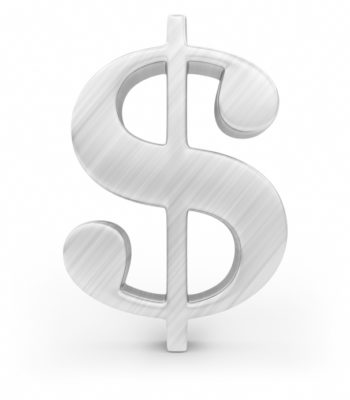
Pricing and Channel Strategy: The Importance of Understanding Customer Chain Economics
If your company is a business-to-business supplier, most likely its product(s) go to market via complex customer chains to end users some distance from the manufacturing dock. In these situations, the supplier inevitably loses visibility and control on the price paid beyond the first step in the distribution channel. When visibility and control is limited, a successful pricing strategy is dependent on understanding how you and your channel partners can successfully win against your competitors and their channel partners’ offer.
One way to gain greater insight into your pricing along the customer chain is through analyzing customer chain economics. Customer chain economics allow suppliers to better understand the discounts and multipliers that need to be in place at each stage along the customer chain, including first and second step channel players. Creating margin incentives that positively impact sales along the customer chain can only be done after the economics are well understood.
The following case studies demonstrate how customer chain economics can inform pricing and channel strategies.
Know Which Customer Chains Matter
A leading packaging company wanted to focus on the right market segments within the highly complex pharmaceutical market to ensure future growth. Due to its capital-intensive business, the client needed to choose which customers to pursue and which countries to enter. However, it had no insight into its revenue or profit potential across each segment.
Customer chain economics were developed for different countries, which clearly identified pro forma revenue potential as well as the profit pools available along the customer chain. As a result of understanding pricing along the customer chain, the client was able to quickly identify a more profitable segment, which was different from what it originally believed. Following the money across a customer chain map was an important driver of success.
Understand Where Value Really Lies
Customer chain economics also can reveal how relevant price is to end customers. A supplier that served the appliance industry wanted to raise its price for a $2.50 component, but could neither justify the price increase to its OEM direct customers nor be sure that the proposed increase was a price OEM buyers would be willing to pay. The customer chain economics showed that the component price was miniscule compared to the total bill of material for a $1,200 unit. The end consumer’s total installed cost was more than $6,000, which included not only the marked up end customer price of the unit, but also the contractor’s installation service and accessory materials. Furthermore, our assessment showed that a significant portion of the total installed price to the end customer was related to installation time and materials.
This knowledge allowed the supplier to change its initial price increase strategy and instead create a better value proposition that focused less on the component’s cost and more on the component’s promised value of solving reduced installation time and improved reliability. This strategy created value for the OEM who could sell more reliable appliances as well as the contractor who could save on installation time. Pricing of a $2.50 part, which rose significantly on a percentage basis, became much less important than the final value it delivered to the OEM, contractors, and end customers.
Customer chain economics is a straightforward approach to address many business issues, from quantifying market potential to identifying growth opportunities, and to navigating channel complexity. Understanding the economics allows you to put proper emphasis on pricing and make more informed decisions both to grow revenue and add value.



